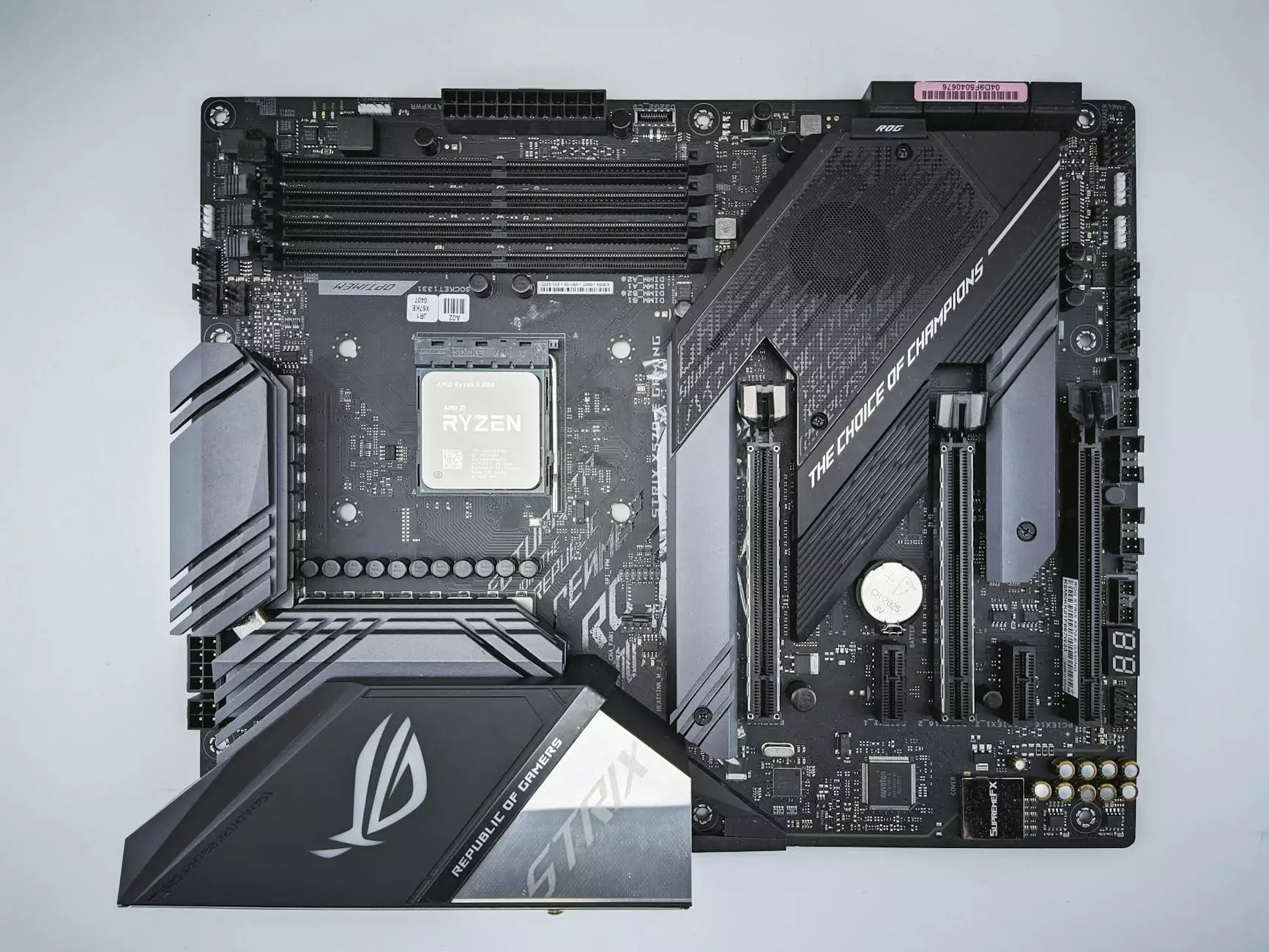The Ultimate Guide to Printable Adhesive Labels

In today's fast-paced business environment, the need for efficient and effective labeling solutions is more critical than ever. One of the most versatile options available is printable adhesive labels. These labels offer a wide array of possibilities for various applications in industries, ranging from small businesses to large corporations. This comprehensive guide delves deep into the world of printable adhesive labels, exploring their usage, benefits, and tips for selection.
What Are Printable Adhesive Labels?
Printable adhesive labels are labels that can be printed on using standard inkjet or laser printers. They come in various sizes, shapes, and materials, making them an ideal choice for countless applications including product labeling, branding, inventory management, and personal organization. These labels have a pressure-sensitive adhesive backing that allows them to stick to a variety of surfaces without the need for additional glue or tape.
Applications of Printable Adhesive Labels
The versatility of printable adhesive labels means they can be utilized across numerous fields. Here are some of the most common applications:
- Product Labeling: Customize labels for your products, ensuring all relevant information is presented neatly and professionally.
- Shipping and Logistics: Use printed labels for shipping boxes, enhancing readability and reducing errors in delivery.
- Organization: Ideal for home and office organization. Use them on files, folders, and containers to keep everything in order.
- Marketing and Branding: Create eye-catching labels for promotions, events, or special offers to make your brand stand out.
- Inventory Management: Label products in your inventory system to streamline tracking and management processes.
Benefits of Using Printable Adhesive Labels
There are several advantages to using printable adhesive labels that make them a top choice for many businesses:
1. Increased Efficiency
Using printable adhesive labels speeds up the process of labeling products, reducing the time spent on manual labeling and ensuring consistency across your products.
2. Cost-effective
They are cost-effective solutions, particularly for small businesses. Investing in a printer and labels can save you money in the long run, compared to outsourcing labeling jobs.
3. High Customization
Customizing your labels is easy. You can adjust the design, size, and content, allowing for tailored labels that fit your brand identity and product requirements.
4. Professional Appearance
Labels printed in high quality generate a professional look, increasing your product's perceived value and enhancing customer trust.
5. Easy to Use
Printable adhesive labels are incredibly user-friendly. Simply design your label, print it out, and apply it to your desired surface. It's that straightforward!
Choosing the Right Printable Adhesive Labels
When selecting printable adhesive labels, consider the following factors to ensure you choose the best option for your needs:
1. Label Material
Labels come in various materials such as paper, vinyl, and polyester. Each material has its benefits; for instance, vinyl is durable and water-resistant, making it suitable for outdoor use.
2. Adhesive Type
Different adhesive types are available, including permanent and removable adhesives. Ensure you choose one that meets your application needs.
3. Shape and Size
Consider the shape and size necessary for your labels. Custom shapes can often improve branding and visibility.
4. Printing Method Compatibility
Ensure that the labels you choose are compatible with your printing method, whether it's inkjet or laser printing. This might also influence the choice of label material.
5. Print Quality
Choose labels that allow for high-resolution printing to ensure your graphics and text are clear and vibrant. This plays a significant role in how professional your labels appear.
How to Design and Print Your Own Printable Adhesive Labels
Creating your own labels can be a straightforward process with the right tools and knowledge. Here’s a step-by-step guide:
Step 1: Determine the Purpose
Clarify what the labels will be used for. For instance, are they for marketing, product identification









